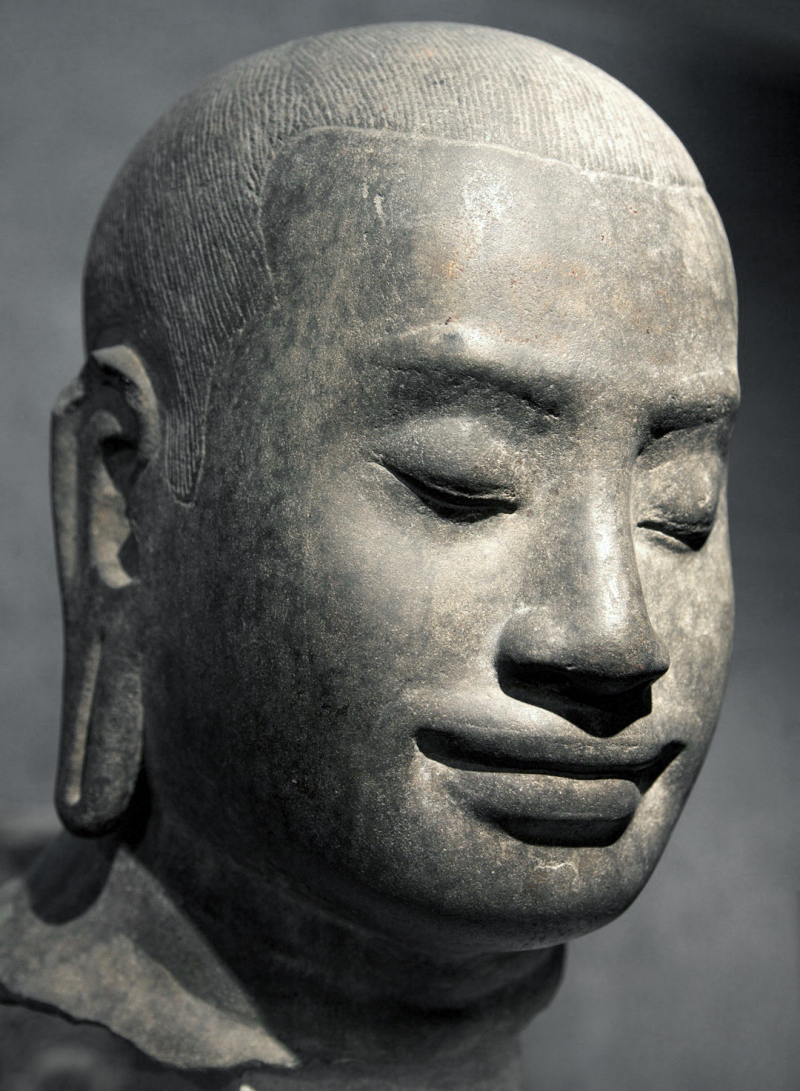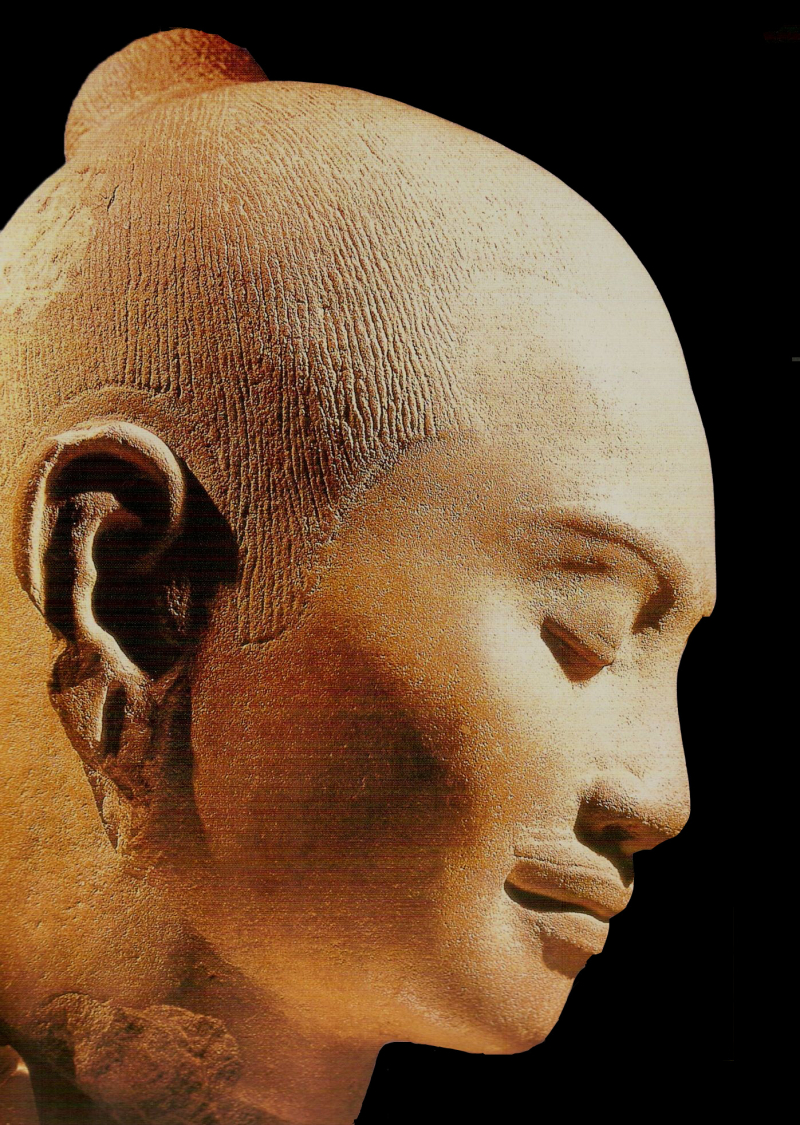Jayavarman VII
Jayavarman VII, also known as Mahaparamasaugata (1122-1218), was the Khmer Empire's seventh king. He was the son of Queen Sri Jayarajacudamani and King Dharanindravarman II (1150-1160). He was the first Khmer king to devote himself to Buddhism, as only one previous Khmer king had done so. He then constructed the Bayon as a Buddhist monument. Historians regard Jayavarman VII as the most powerful of the Khmer monarchs. His administration constructed numerous projects, including hospitals, highways, rest stops, and temples. With Buddhism as his inspiration, King Jayavarman VII is credited with establishing a welfare state that met the Khmer people's physical and spiritual needs.
The Khmer empire's history cannot be read in terms of European patterns of kingship, inheritance, or nationhood. The sons of a Khmer king did not always inherit their father's thrones; Jayavarman VII had many sons, including Suryakumara and Virakumara (the suffix kumara usually translates as "prince") and Srindrakumaraputra, the crown prince who died before his father, but only Indravarman II inherited the throne.
Jayavarman VII constructed 121 "houses with fire" rest stops for travelers every fifteen kilometers along raised highways, as well as 102 hospitals. His was the "Greater Vehicle Buddhism." Brahmans, on the other hand, continued to play a "role at court," with Hrishikesa elevated to the position of chief priest, with the title Jayamahapradhana.
He married Princess Jayarajadevi and then her sister Indradevi after her death. The two women are widely regarded as significant influences on him, particularly in his strong devotion to Buddhism.
We only know the names of four of his sons: Suryakumara (mentioned in Ta Prohm), Virakumara (mentioned in Preah Khan), Srindrakumara (mentioned in Banteay Chhmar), and Tamalinda (later became a bhikku)










